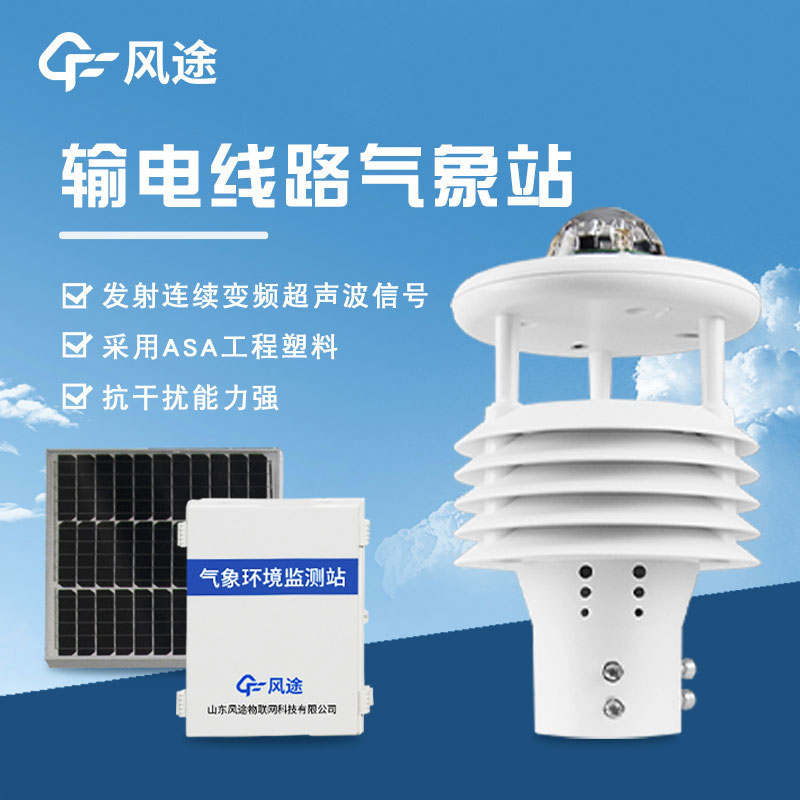Meteorological environment monitoring equipment supplier
Insist on doing high-precision customer favorite technology products
Transmission line weather station is a kind of equipment for real-time monitoring of weather conditions around transmission lines. By collecting relevant data, it helps power companies better understand the operation status of transmission lines, prevent and respond to various possible adverse weather conditions, and ensure the stability and safety of power supply. The main functions and roles of transmission line weather stations can be explained from the following aspects:
1. Meteorological data collection: The transmission line meteorological station can collect meteorological data such as temperature, humidity, wind speed, wind direction, rainfall and solar radiation in real time. These data are of great value to power companies because they can help them understand the meteorological environment around transmission lines, predict possible extreme weather conditions, and take appropriate protective measures.
2. Power security: In extreme weather conditions, transmission lines may fail, affecting power supply. Transmission line weather stations can monitor weather data in real time and provide early warning information for power companies to help them take measures in advance to reduce transmission line damage and failures caused by bad weather and ensure the stability of power supply.
3. Line maintenance and monitoring: Transmission line weather stations can provide the power company with real-time data on the condition of the line, such as line surface temperature, ice thickness, etc. The data can help power companies assess the health of the lines and determine whether maintenance or other measures are needed to ensure the safe operation of transmission lines.
4. Environmental impact assessment: Transmission line weather stations can also be used to assess the impact of transmission lines on the surrounding environment, such as air pollutant concentration, noise pollution, etc. This helps power companies understand the impact of their operations on the surrounding environment and develop more environmentally friendly operational strategies to reduce the negative impact on the environment.
5. Data storage and analysis: The meteorological data collected by the weather station of the transmission line can be transmitted in real time to the data center of the power company for storage after processing. These data can be used for scientific research, technological innovation and business optimization in the power industry to improve the operational efficiency and safety of the power system.
In short, transmission line weather stations play an important role in ensuring the security of electricity supply, reducing environmental impact, and supporting technological research and development in the power industry. With the development of smart grid technology, transmission line weather stations will play an increasingly important role in the power industry.
